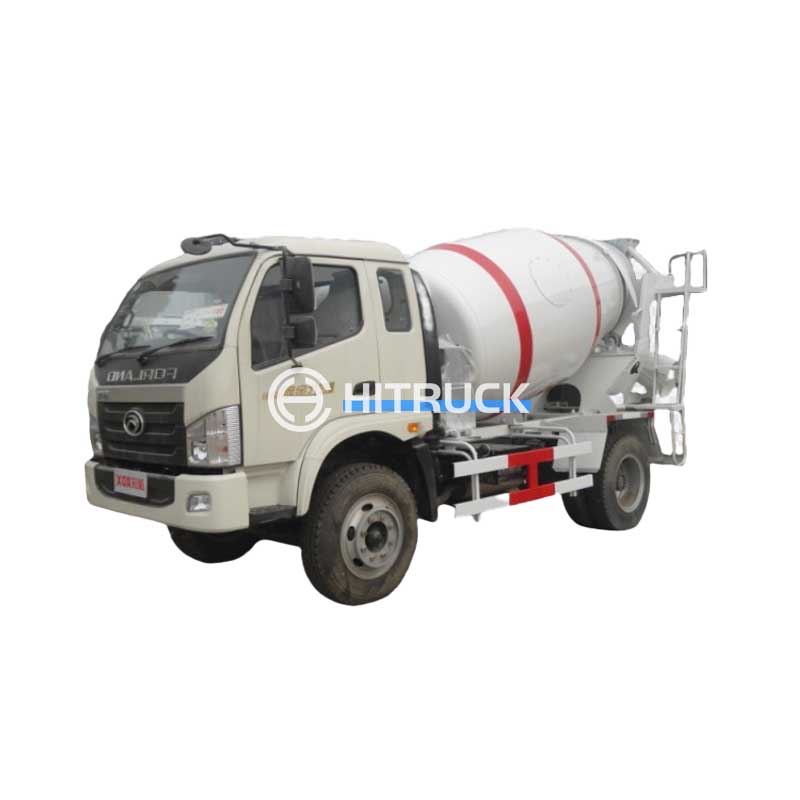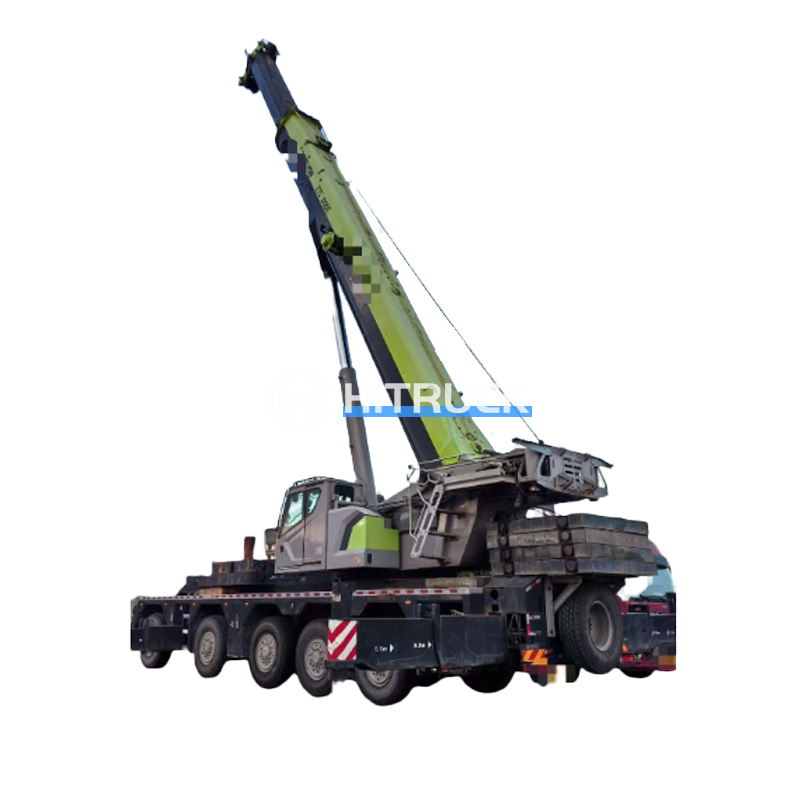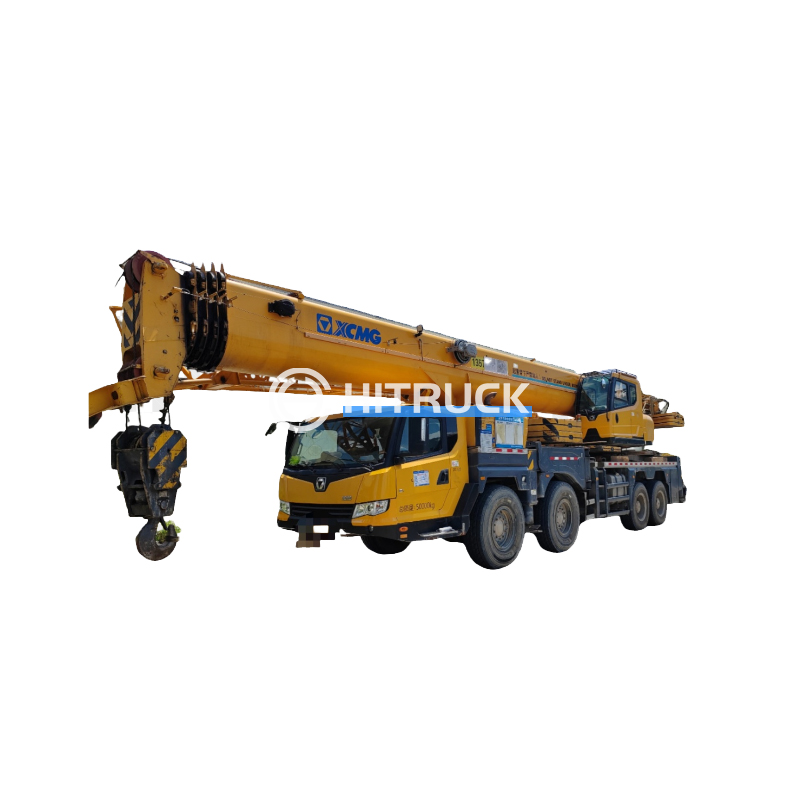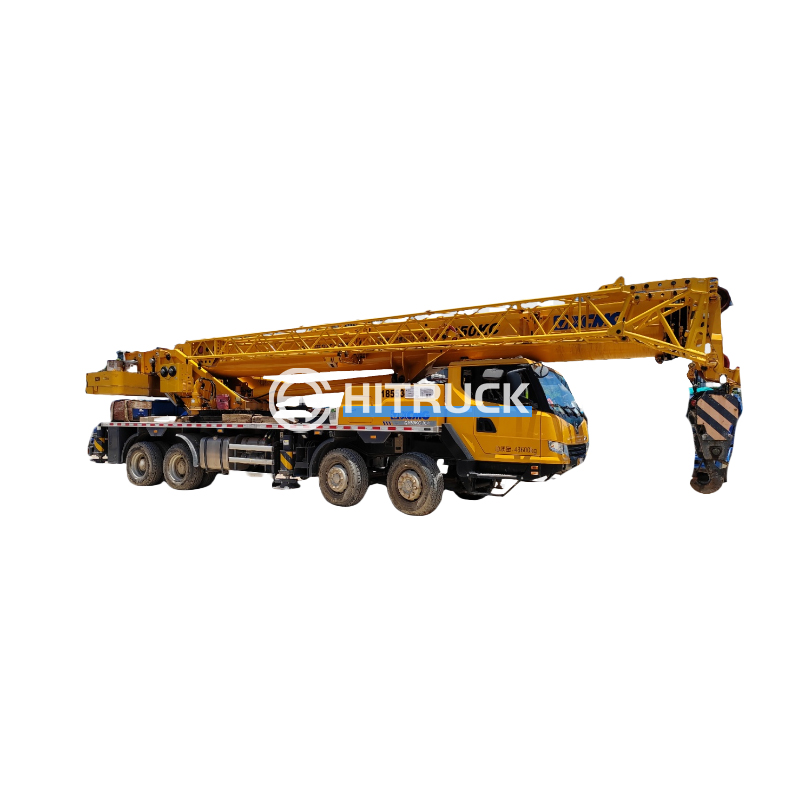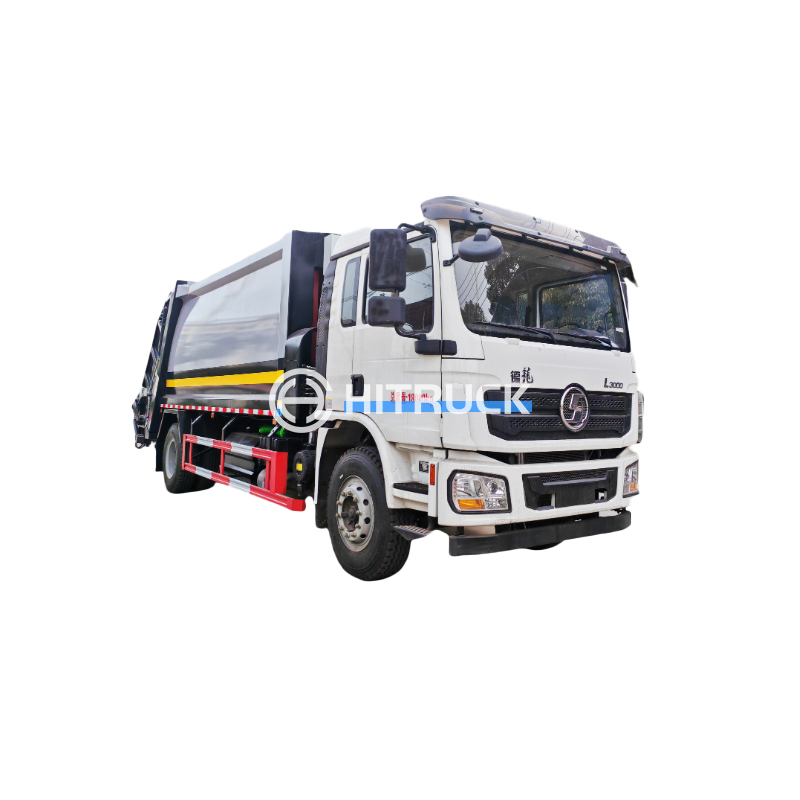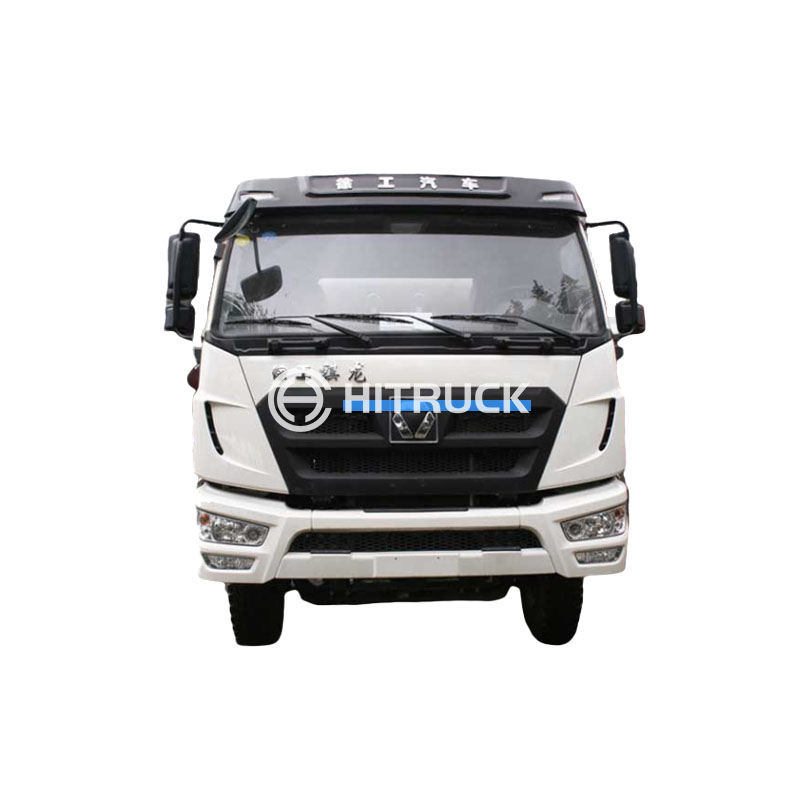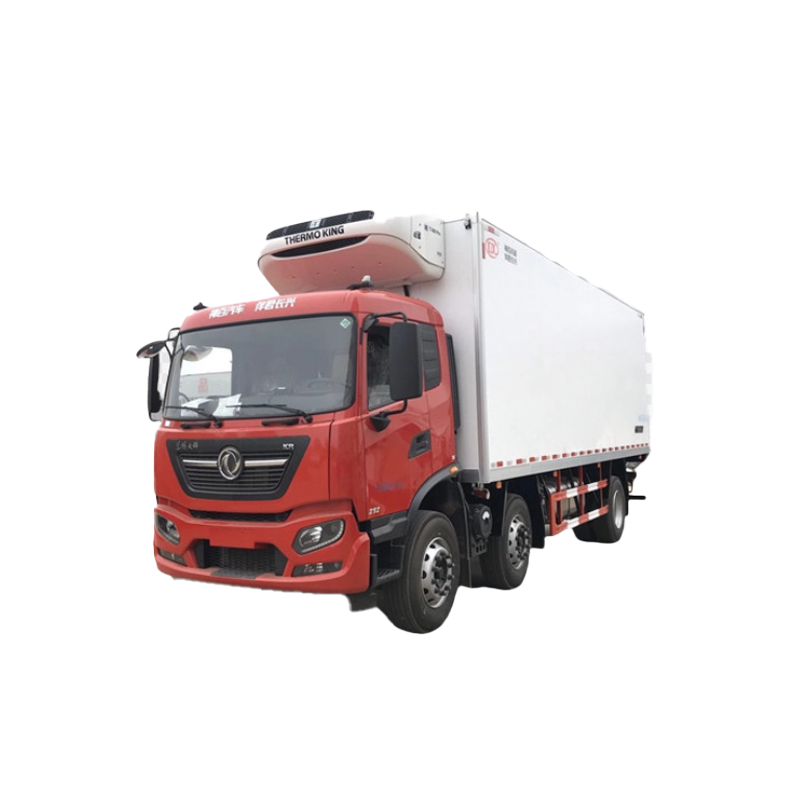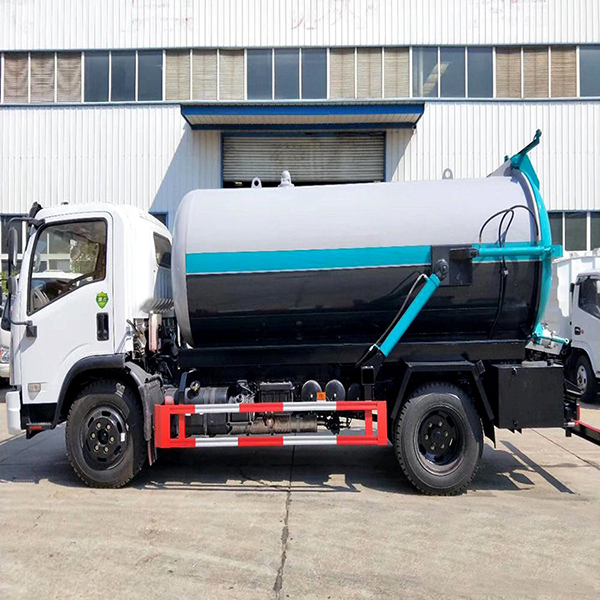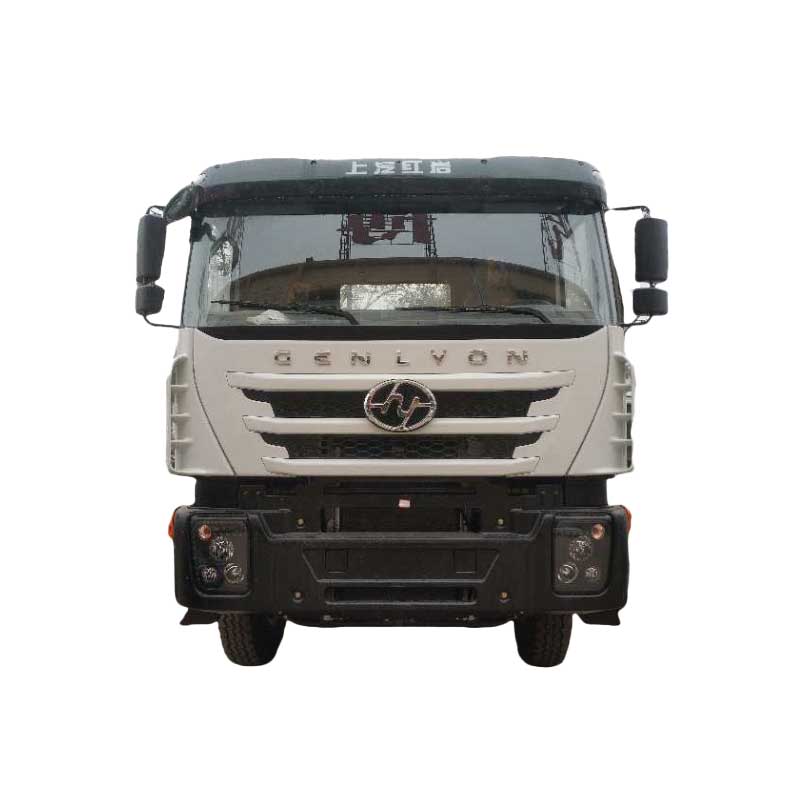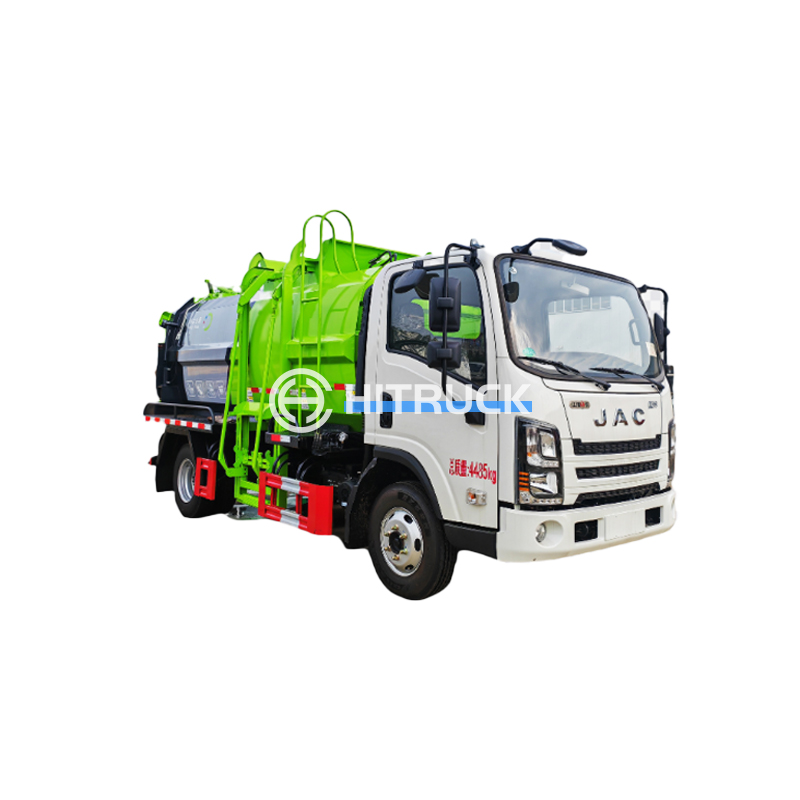Floor Mounted Jib Cranes: A Comprehensive GuideFloor mounted jib cranes are essential lifting equipment for various industries. This guide provides a detailed overview of their features, applications, selection criteria, and safety considerations.
Understanding Floor Mounted Jib Cranes
A
floor mounted jib crane is a type of crane consisting of a jib (a rotating arm) mounted on a floor-fixed base. This design allows for a wide range of movement within a limited area, making them ideal for various lifting tasks in workshops, factories, and warehouses. They are commonly used to lift and move materials such as machinery parts, raw materials, and finished goods. The load is typically suspended from a hook attached to the end of the jib. The rotation of the jib allows for precise positioning of the load, and many models offer a variety of lifting capacities to suit diverse needs.
Types of Floor Mounted Jib Cranes
Several types of
floor mounted jib cranes are available, each tailored to specific applications and load capacities. These include: Articulated Jib Cranes: These cranes have a hinged jib, providing greater flexibility and maneuverability in confined spaces. Free Standing Jib Cranes: These cranes are independent units, meaning they don't require attachment to walls or other structures. They offer versatility in positioning and are particularly suitable for areas where wall mounting is impractical. Wall Mounted Jib Cranes: While the focus here is on
floor mounted jib cranes, it's worth mentioning that wall-mounted options exist and provide another suitable alternative for certain applications.
Key Features and Specifications
When selecting a
floor mounted jib crane, several key features and specifications must be considered: Lifting Capacity: This refers to the maximum weight the crane can safely lift. It is crucial to select a crane with a capacity that exceeds the anticipated load. Jib Length: The length of the jib determines the crane's reach. Choose a jib length that provides adequate coverage for your workspace. Rotation: The degree of rotation is also crucial; a full 360-degree rotation is often preferred for maximum flexibility. Hoisting Mechanism: Cranes may use electric chain hoists, air hoists, or manual hand chain hoists, each having different speed and lifting capabilities.
Selecting the Right Floor Mounted Jib Crane
Choosing the appropriate
floor mounted jib crane involves carefully assessing your specific needs. Consider the following factors: Load Capacity Requirements: Determine the maximum weight you need to lift, leaving a safety margin. Workspace Dimensions: Measure your workspace to ensure the crane's reach and swing radius are suitable. Frequency of Use: Frequent use necessitates a more robust and durable crane. Budget: Different cranes have varying price points. Consider your budget constraints.
Safety Considerations for Floor Mounted Jib Cranes
Safety is paramount when operating a
floor mounted jib crane. Regular inspections, proper training, and adherence to safety regulations are crucial. This includes regular checks of the hoisting mechanism, jib structure, and base stability. Always ensure the load is evenly distributed and within the crane's capacity. Proper operator training is also essential to prevent accidents. Consult the manufacturer's instructions for specific safety guidelines and maintenance schedules.
Case Studies and Applications
Floor mounted jib cranes are used extensively in a wide range of industries. For example, they are commonly used in manufacturing plants for lifting and moving heavy machinery parts, in warehouses for handling pallets and materials, and in automotive repair shops for lifting engines and transmissions. A well-designed and properly maintained
floor mounted jib crane significantly improves efficiency and workplace safety. For specific application examples, it’s best to consult with a reputable crane supplier or manufacturer like those found on sites such as
Hitruckmall.
Conclusion
Selecting and using a
floor mounted jib crane requires careful consideration of various factors. By understanding the different types, specifications, and safety procedures, you can ensure a safe and efficient operation. Remember, proper planning and maintenance are key to maximizing the lifespan and productivity of your
floor mounted jib crane. For further assistance and specific product information, explore options from reliable suppliers.

